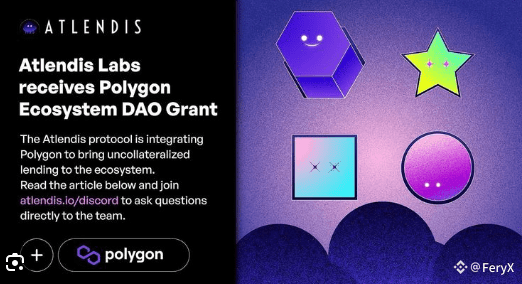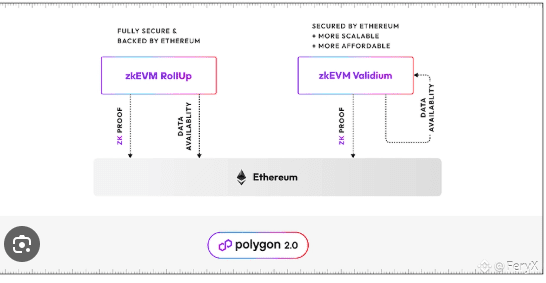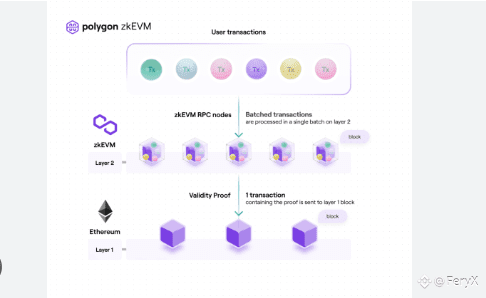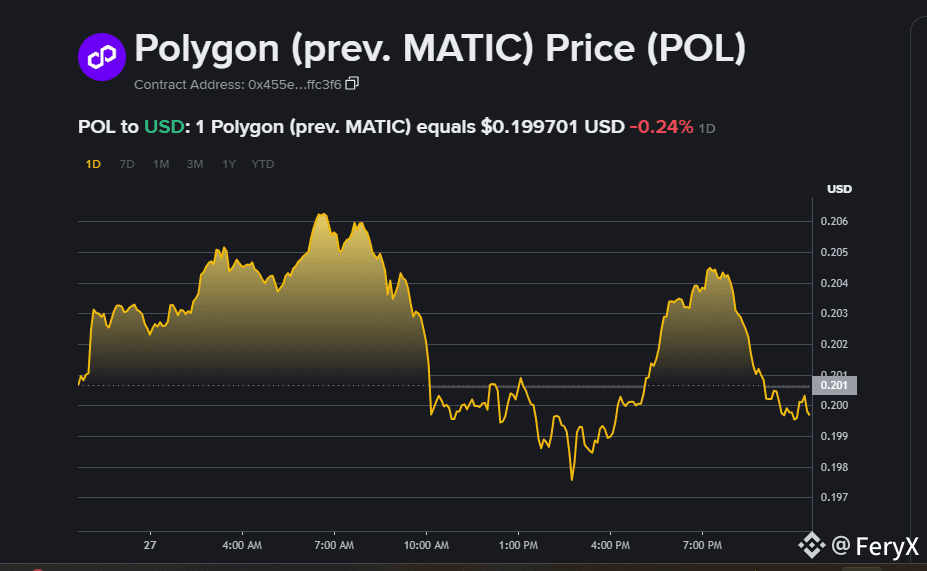
As the Web3 landscape develops, Polygon has emerged as a key player in enhancing Ethereum's scalability and usability. The project not only focuses on providing a robust framework for decentralized applications (dApps) but also engages its community through various incentives, including airdrops. Understanding Polygon’s airdrops is crucial for developers, blockchain learners, and crypto investors aiming to capitalize on these opportunities.
#### What are Airdrops?
In the world of cryptocurrency, an airdrop refers to the distribution of tokens to a specific group of users, often without any charges. This strategy serves multiple purposes, such as raising awareness, building a community, or rewarding loyal users. While airdrops can seem like free money, they often require users to meet certain criteria, such as holding a specific token or participating in a project’s ecosystem.

#### The Role of Polygon Airdrops
Polygon's airdrops are integral to enhancing user engagement within its ecosystem. By distributing tokens, the project creates an opportunity for users to experience its technology firsthand. These airdrops are often linked to the launch of new features or protocols, promoting an active community that can test and provide feedback on the latest developments.

#### How to Participate in Polygon Airdrops
To effectively participate in Polygon’s airdrops, users must first undergo a few simple steps:
1. Set Up a Compatible Wallet: Users should create a wallet that supports Polygon (such as MetaMask) and ensure they have a small amount of MATIC (Polygon’s native token) to cover transaction fees.
2. Stay Updated: Following Polygon’s official channels, such as their Twitter account or Telegram group, can provide insights into upcoming airdrops and eligibility criteria.
3. Engage with the Community: Often, participating in community activities like forums or social media campaigns can increase the likelihood of being selected for an airdrop.
4. Holding Tokens: Some airdrops require users to hold specific tokens in their wallets. Keeping MATIC or other relevant tokens can ensure users are eligible when the time comes.

#### Benefits of Participating in Polygon Airdrops
1. Exploration of New Projects: Airdrops can serve as a low-risk method for assessing the potential of new projects built on the Polygon network. Receiving tokens offers a chance to invest in new platforms without significant initial commitment.
2. Increasing Portfolio Diversity: Airdrops can diversify a portfolio, providing exposure to various projects within the Polygon ecosystem. This diversification can be beneficial for long-term growth.
3. Community Rewards: Active participation often leads to additional rewards beyond the airdrop itself. Engaged community members may gain access to governance rights or exclusive features.
#### Strategies for Optimizing Airdrop Returns
To maximize gains from airdrops, consider the following strategies:
- Research Projects: Prior to engaging in airdrops, conduct thorough research on the project’s fundamentals, team, and roadmaps. Knowledge is crucial for future potential.
- Participate in Governance: Wherever applicable, engaging in governance decisions can provide insights into project direction and potential increases in token value.
- Monitor Market Trends: Understanding market trends is vital. Being aware of which sectors are seeing an influx of investment (like DeFi, NFTs, etc.) can inform better airdrop participation.

#### Conclusion
In the rapidly evolving world of blockchain, participating in Polygon’s airdrops can be an educational and financially rewarding experience. By engaging with the community, performing adequate research, and taking advantage of new opportunities, users can significantly enhance their understanding of the Web3 ecosystem while positioning themselves for future success. As a bridge to decentralized finance and digital ownership, Polygon continues to shape the future of blockchain engagement, making its airdrops a pivotal part of the journey for crypto enthusiasts and businesses alike.


